Is it possible to drink water from the tap, and if so, how
The discussion about whether it is harmful to drink tap water has lately lost its relevance. Perhaps everyone understands that the composition of tap water is far from ideal, and it is better to use water that has been pretreated for drinking or cooking.
And yet, for most of us, plumbing is the main source, so that completely refuse it will not work. So you have to learn to use this resource correctly, minimizing the harm to health.
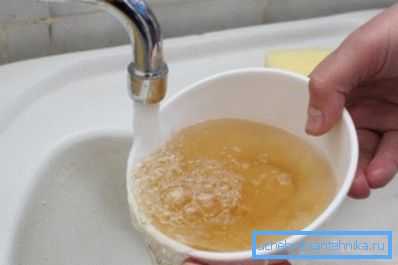
Harmful factors
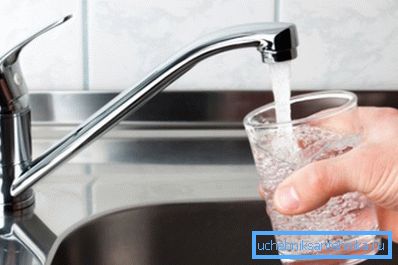
Analyzing the safety of tap water in pipes, it should be noted that its quality is determined by a whole list of factors.
These include:
- The purity of the source from which the water intake is carried out (if there is a chemical plant nearby, which drains the effluent directly into the river, then no filters will help).
- The quality of centralized water treatment.
- The state of pipelines and valves.
Accordingly, even in neighboring houses, not to mention different cities and regions, the quality of tap water will be different. So somewhere it will be possible to drink raw water without risk to health, and somewhere and for washing it is necessary to use only filtered liquid.
And yet, why not drink water from the tap according to most experts? The fact is that centralized cleaning, which is carried out at stations of water utilities, can only partially optimize the composition of water. From it large and small garbage is removed, pathogenic organisms are destroyed, the content of most substances is reduced to normal.
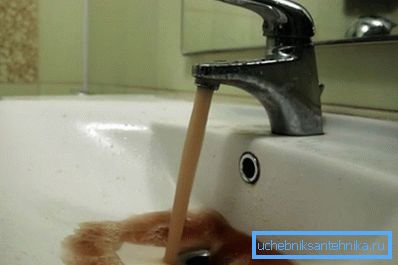
But at the same time, even after a high-quality cleaning, the composition still contains rather harmful components:
- Chlorine is a major health hazard.. When chlorinating water, pathogenic microorganisms are destroyed, but the substance itself reacts with organic matter, forming carcinogenic compounds - trihalomethanes. In low concentrations, they are harmless, but with gradual accumulation they can provoke the development of oncological diseases.
- In addition to chlorine in the water contains nitrates and nitrites. The concentration of these components is scanty, but with regular use of the liquid can cause intoxication, especially dangerous to infants.
- We should also mention metals such as copper, nickel, cadmium, zinc, manganese, etc.. Part of the metal enters the water during water intake and is not removed during cleaning, and some - during the passage of fluid through the old pipes. At the same time, an attempt to drink from the tap turns into a “Russian roulette”: no one knows what portion of toxin you will receive this time.
- Finally, let's not forget about microorganisms.. Chlorination does not always cope with bacteria and protozoa, so that in regions with an unfavorable epidemiological situation, the instruction directly prohibits the use of tap water for drinking and cooking.

Note! If you come to another city, and even more so - to another country, ask the locals if you can drink water from a tap or if you should buy bottled water. Also, this information can be obtained by examining the data on the Internet: usually such recommendations are included in the list of tourist information.
How can you protect yourself
Boiling and settling
So, above, we found that tap water itself can be a source of health problems. But even if the local sanitary and epidemiological station claims that everything is in order, this is not a reason to forget about caution, especially since there are many ways of effective water treatment.

You can disinfect water with your own hands and make it at least relatively drinkable by boiling followed by settling:
- First, heating to 100 0C causes the death of most pathogens.
- Secondly, when heated, chlorine, radon, ammonia and other gases evaporate from the liquid.
- Settling also helps to rid the water of excess chlorine, but it can be used without temperature treatment only if the epidemiological situation does not cause concern.
Note! Defend tap water in an open wide-mouth container for at least 12 hours.
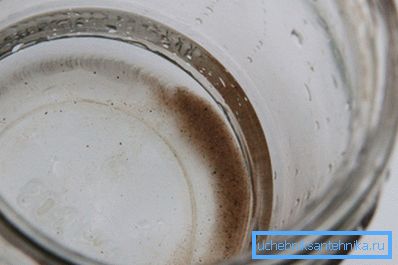
However, during boiling the volume of liquid decreases, which means that the concentration of salts increases. In addition, heating leads to the formation of trace concentrations of chloroform, which is a carcinogen. So you can’t call this technique universal.
Filtration
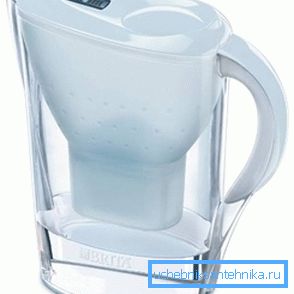
A more effective way to clean tap water is to filter.
At the same time, of course, the percentage of toxins will be removed from the filter itself:
- For regions with relatively high-quality water suitable household filters- "jugs". When passing through a cartridge installed in such a construction, water loses almost all mechanical particles, a part of organic suspensions and a rather large percentage of salts.
Note! Each cartridge is designed for a certain amount of tap water, and these elements need to be changed regularly. Using an expired cartridge not only does not improve, but also degrades the quality of the liquid: salts and toxins concentrated on the filter begin to gradually leach out.
- Flow-through filters that are built into the plumbing directly in front of the kitchen faucet will be appropriate where questions arise about the quality of the water. It is best to purchase a model with three columns: the first is responsible for coarse cleaning, the second is for removing minor contaminants, and the third is for desalting.
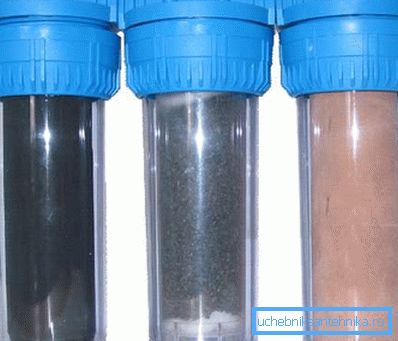
- Finally, you can always install a professional ion-exchange filter. The price of such devices is quite high, and the maintenance requires serious financial investments, but they allow us to get potable water in almost any situation. However, for a small family, such a purchase would be irrational: with small volumes of consumption it is easier to use bottled water.
Using offline sources
If you have a private house, and you can choose whether to connect to a centralized water supply system or equip an independent source of water supply, then it is worth staying at the second option.
In this case, of course, you need to take into account a number of nuances:
- First, before laying a well or a well, one should be familiar with the composition of groundwater. The easiest way to contact the neighbors who live together for more than one year: they just tell you whether you can use natural water for drinking.
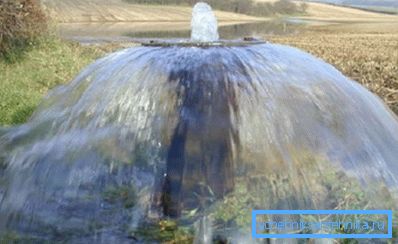
- Then you need to properly equip the source. For this, we lay a powerful gravel filter in the well and in the well, which will prevent silting of the lower layers. Well, and there will be no silt - there will be no organic suspensions in water.
- However, in this case, not to do without cleaning. Before entering the house, it is advisable to install at least a primitive sand trap, and put a coarse filter on the faucet - then you can drink the water without settling.
Conclusion
From under the tap water can be drunk not always and not everywhere. Even in the most prosperous regions, the liquid is worth filtering, boiling or settling. The exceptions are some wells and artesian wells, but their use is possible only in private homes. More details on the quality of tap water are discussed in the video in this article.